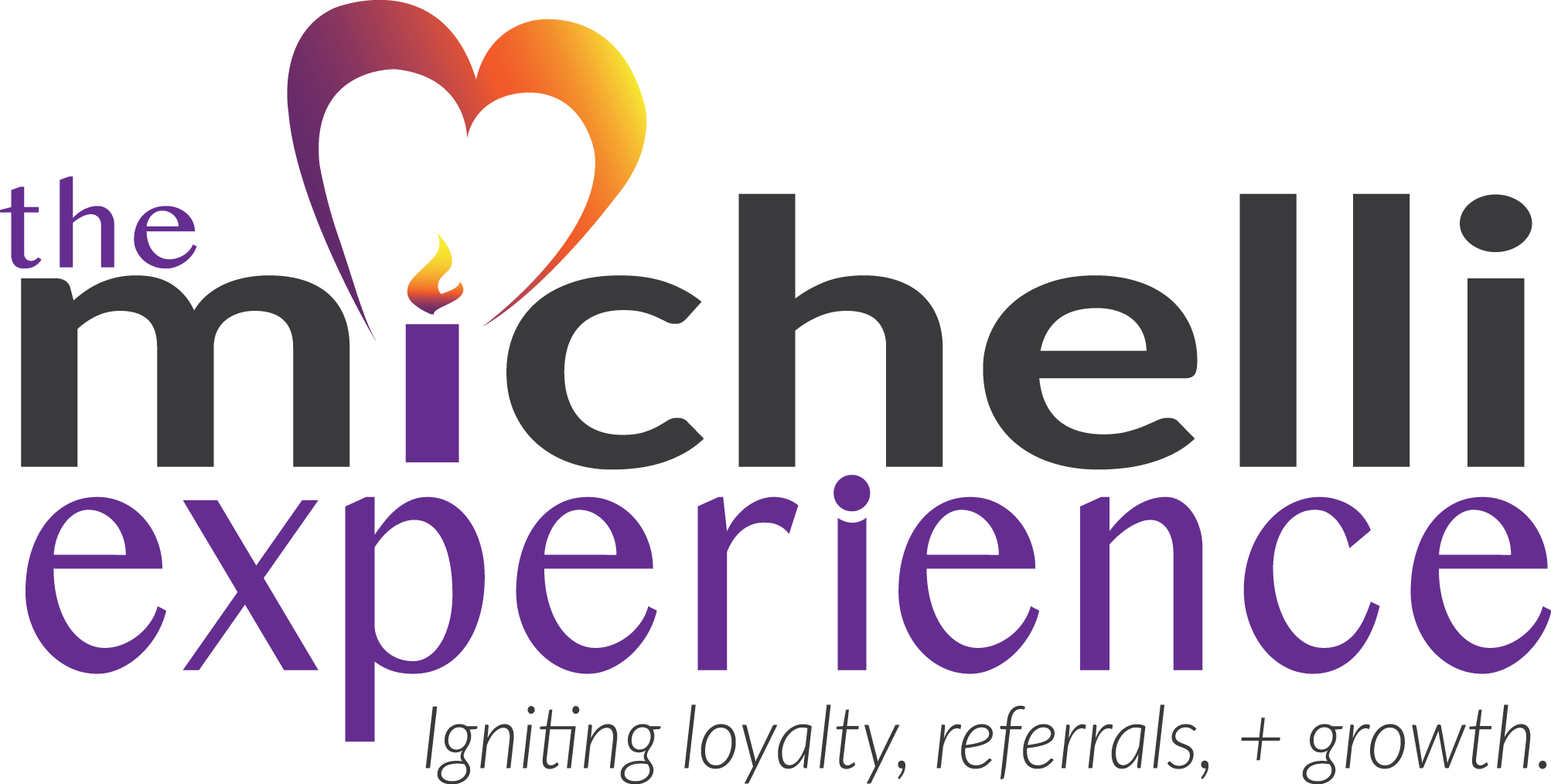I recently had a conversation with someone who just changed customer-facing jobs. Beyond the dynamics of salary, benefits, and the myriad of other factors that influenced her decision to move on to the next professional opportunity, the way she described her former position stuck with me: “I didn’t like that I couldn’t see customer issues through to resolution.” A customer would bring a problem to her attention and she, per policy, would be required to pass it up the customer resolution chain to be handled…or not, as was sometimes the case. As someone who takes exemplary initiative, she was dissatisfied operating within a system that didn’t allow her to build relationships with customers by personally delivering solutions in those critical service-recovery moments. Most discouraging was her realization that when those in the ranks above her did not handle issues promptly, appropriately, or at all, the customer perceived her to be unresponsive, apathetic, unmotivated, or lazy. Understandably, this protocol would drain the morale out of most anybody.
A respected colleague of mine, Micah Solomon, author of High-Tech High-Touch Customer Service writes on Forbes.com, “Standards help ensure that every part of your service reflects the best way your company knows to perform it—a prescription that your autonomously performing employees can then feel free to adapt to suit the needs and wishes, expressed or unexpressed, of the customers they’re actually facing at the moment.”
Yes, there is a degree of trust and confidence you must have in your front-line staff to empower them with autonomy. Sometimes the endless damage control procedures that seem to involve the entire chain of command are simply control mechanisms – an effort to ensure that your business’ service standards are met reasonably consistently, regardless of who was working the front desk. In other words – they are thought to prevent folks from going rouge and thus screwing anything up too badly. You can see how demeaning this thinking can be to the engaged employees who are on the floor, behind the desk, on the phone – interacting with customers most regularly.
Ask yourself: Are your service standards static expressions that describe an ideal customer interaction? Or, do your standards provide a framework to help front-line employees discern how they can personally and promptly make it right for a customer in the not-so-ideal interactions? Standards that provide employees with functional tools to guide their judgment when faced with issues are a relatively low-risk, high-reward way to improve both your customer and employee experiences.
If you hire talent, set guard rails as to what is acceptable, and then let your team members improvise to solve problems – YOU, YOUR team members, and YOUR customers WIN!

Joseph A. Michelli, Ph.D. is a professional speaker and chief experience officer at The Michelli Experience. A New York Times #1 bestselling author, Dr. Michelli and his team consult with some of the world’s best customer experience companies.
Follow on Twitter: @josephmichelli




Thanks, Dr. Michelli. (I’m a fan. )